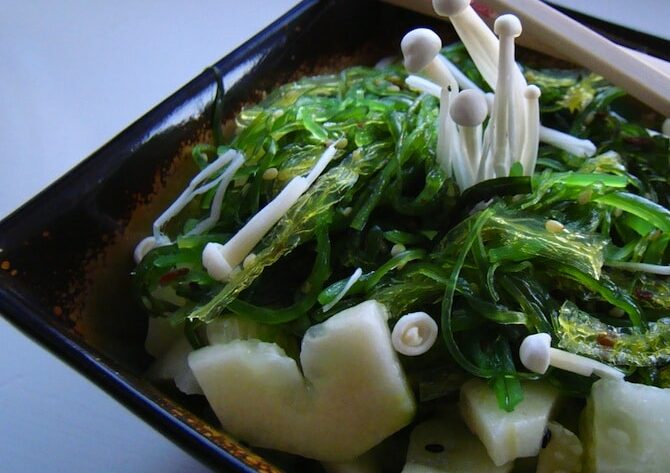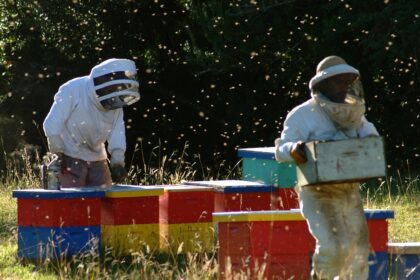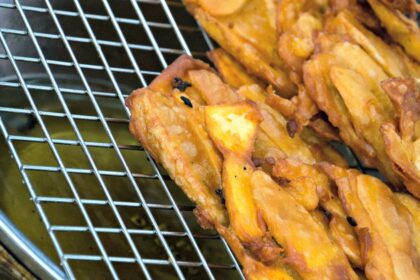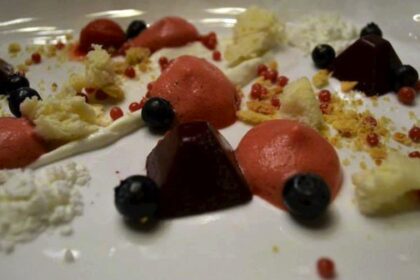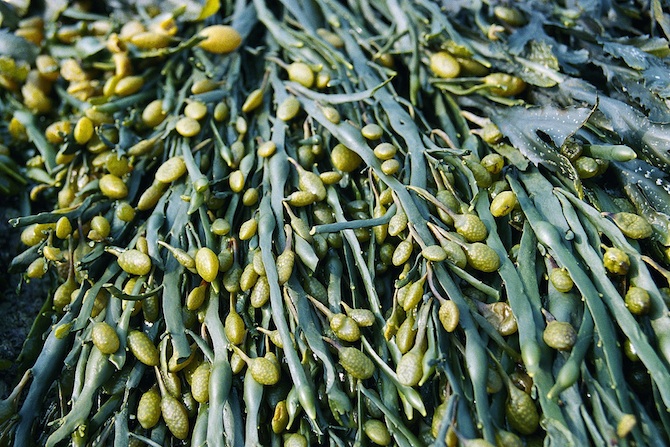
If you wander down the aisles of any major supermarket, you could be forgiven for getting the impression that we are a nation obsessed with foods that claim to have special healing, weight loss or energy boosting properties. Goji berries, aloe vera, guarana, quinoa are now household names, and are transported at great expense from the ends of the earth to make us slimmer, stronger, healthier and more virile. However, there is a food group – much closer to home – that is packed with nutrients, abundantly available and best of all, free.
The food is seaweed, found right the way along our shoreline and available to be harvested with the most minimal amount of effort. You might well already be familiar with the Nori, used in Sushi rolls, but there are many other types that are equally delicious and by virtue of growing in the sea, naturally absorb many of the minerals from seawater. You’ll find Potassium, Iron, Calcium, Iodine and Magnesium all present plus high concentrations of Vitamin C and B, lots of amino acids and a high fibre content. And to top it all off a very low calorie content.
Of all the varieties of seaweed found on UK shores, only a handful are really worth bothering with. These include Laver, Sea lettuce, Dulse, the Gutweeds and to a lesser extent, Kelp. We’ve experimented with quite a few in our time but have come to the conclusion that the softer more delicate varieties like the ulvas taste the best. These bright green seaweeds are easy to find and don’t need too much preparation before they can be cooked. While the bright green seaweeds are the best for eating there is also something to be said for the achievement of making Laverbread, which involves a marathon 5 hour cooking session, which is not just delicious but research shows can be used to treat flu.
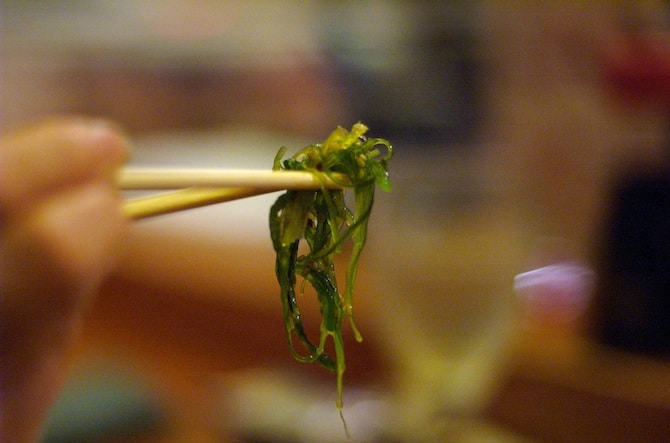
When it comes to collecting seaweed, you should first make sure you are allowed to do so. If in doubt, ask the landowner for permission. Look for a rocky, rather than sandy beach, as this will save time later when washing what you collect. Try to avoid pulling up the holdfast, the part of the seaweed that is attached to rock. Instead use a knife to trim away what you need. At this point a word of warning, no matter how hard you try there will always be sand mixed in with what you collect. This will need to be washed out before you eat it, otherwise you’ll get that dreaded crunch between your teeth. Rinse the seaweed in rockpools as much as possible, or pick seaweed that is already in water as it is likely to be less sandy.
As well as sand you’ll also find lots of other goodies mixed in with seaweed. Some like sandhoppers are welcome bits of flavour and protein, others like bits of shell and stones are not. Before you cook with the seaweed take the time to rinse it again, fill a large bucket or sink with water and swirl the seaweed around to dislodge anything in-between the fronds. Use several refills of fresh water to ensure the highest chance of success.
Now decide what to do with it. Bright green seaweeds can be dried and deep fried for a couple of seconds to make a real crispy seaweed, then sprinkle equal amounts of salt and sugar over the top for seasoning. Those big kelp fronds can be used to season soups and stocks, simply add when cooking and remove before serving. Laver can be cooked down to a paste and teamed with bacon and oatmeal for the quintessential Welsh dish Laverbread. You can also dry the more delicate seaweeds and add to salads or use as garnish, they have a characteristic taste of the sea.
One of our favourite recipes when we were on the road filming the Three Hungry Boys was the seaweed rosti. This hearty dish is quick and simple to make with very few ingredients and definitely fills a hole. See recipe below.
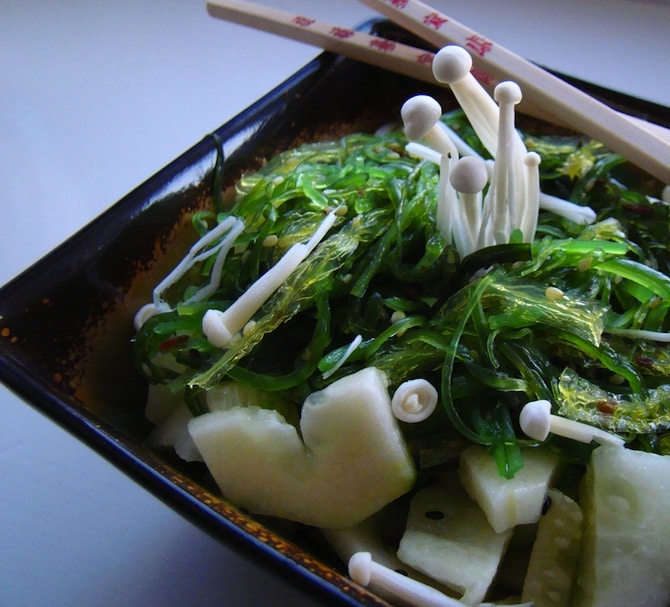
Ingredients
– A 50:50 mix of grated potato and seaweed. We recommend either sea lettuce or gut weed, avoid the stringy tough seaweed.
– Enough flour (about a table spoon per potato) to bind the mixture
– 1 egg per 2 large potatoes
– Salt and pepper
– Oil for frying
– Try a chopped red chilli or some paprika for extra flavour and colour.
Instructions
1) Peel and grate the uncooked potato. Set aside.
2) Using an equal amount of seaweed (to potato), boil in salted water in the largest pan you have for 1 minute. This softens the seaweed but also allows any sand or sand hoppers to separate and fall to the bottom.
3) Remove the seaweed using a slotted spoon and drain excess water, use kitchen tool to absorb the last of the moisture.
4) Place potato, seaweed, flour, seasoning and extras (egg, chilli, paprika) into a bowl and thoroughly mix. Add extra flour if too wet until a firm patty can be formed.
5) Make patties as thin as possible (1cm is ideal) and fry in oil until golden brown on each side.
6) Serve while still hot with either sour cream or mayonnaise, this also works really well with smoked mackerel (line caught of course).
This article originally appeared on Sustainable Food Trust. It was written by Trevor Brinkman.
Also Check Out:
This Fort Lauderdale Restaurant Is Too Good Not To Mention
Epicure’s Guide To Portland, Oregon
Epicure & Culture Launches Sustainable Amalfi Coast Tour
Jessica Festa
Latest posts by Jessica Festa (see all)
- A Culturally-Immersive Adventure In Mongolia’s Altai Mountains - Jul 8, 2023
- This Recipe Sharing Platform Supports Women In The Culinary Industry (Labneh Recipe Included!) - Nov 5, 2020
- Hiking The Mohare Danda Community Eco-Trek In Nepal - Jun 3, 2020
- 6 Important Questions For Choosing A Responsible Yoga Retreat - May 18, 2020
- How To Create & Grow A Profitable Blogging Business (Ethically) - Jan 18, 2020

